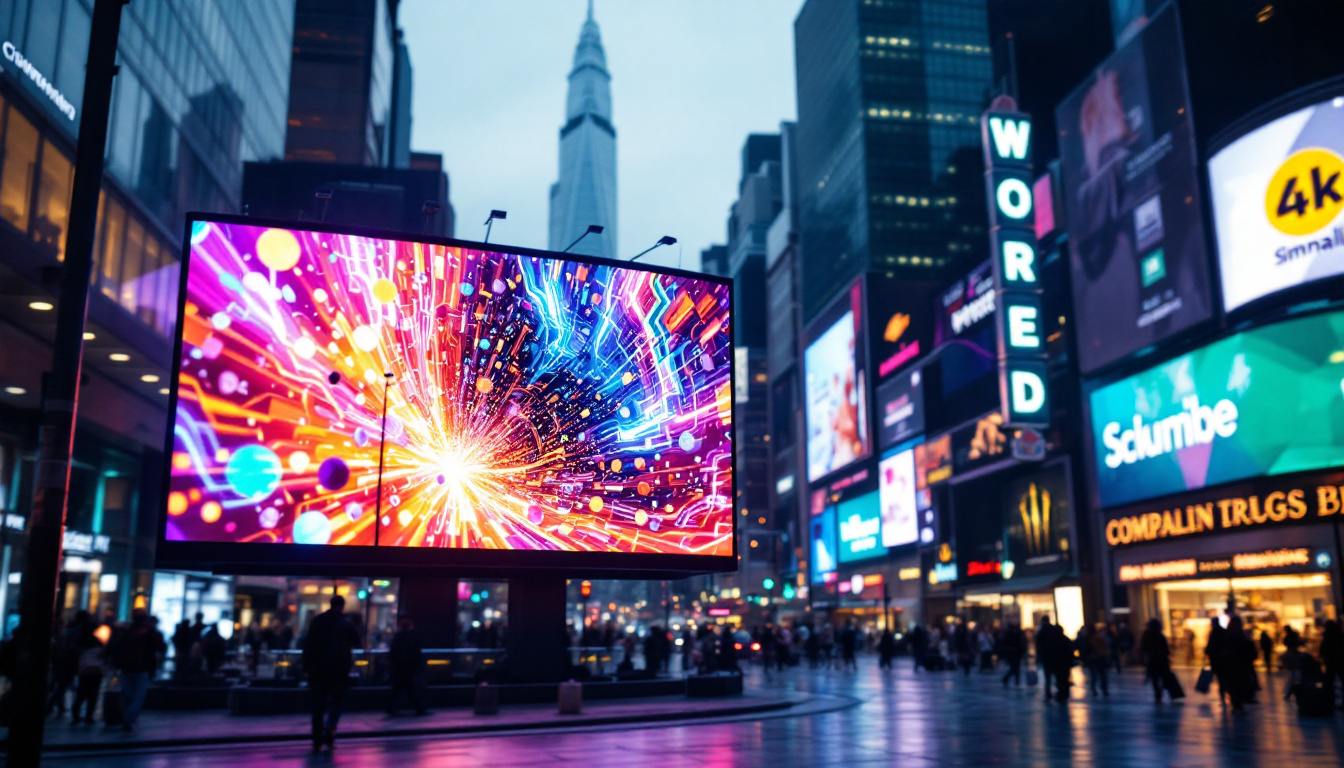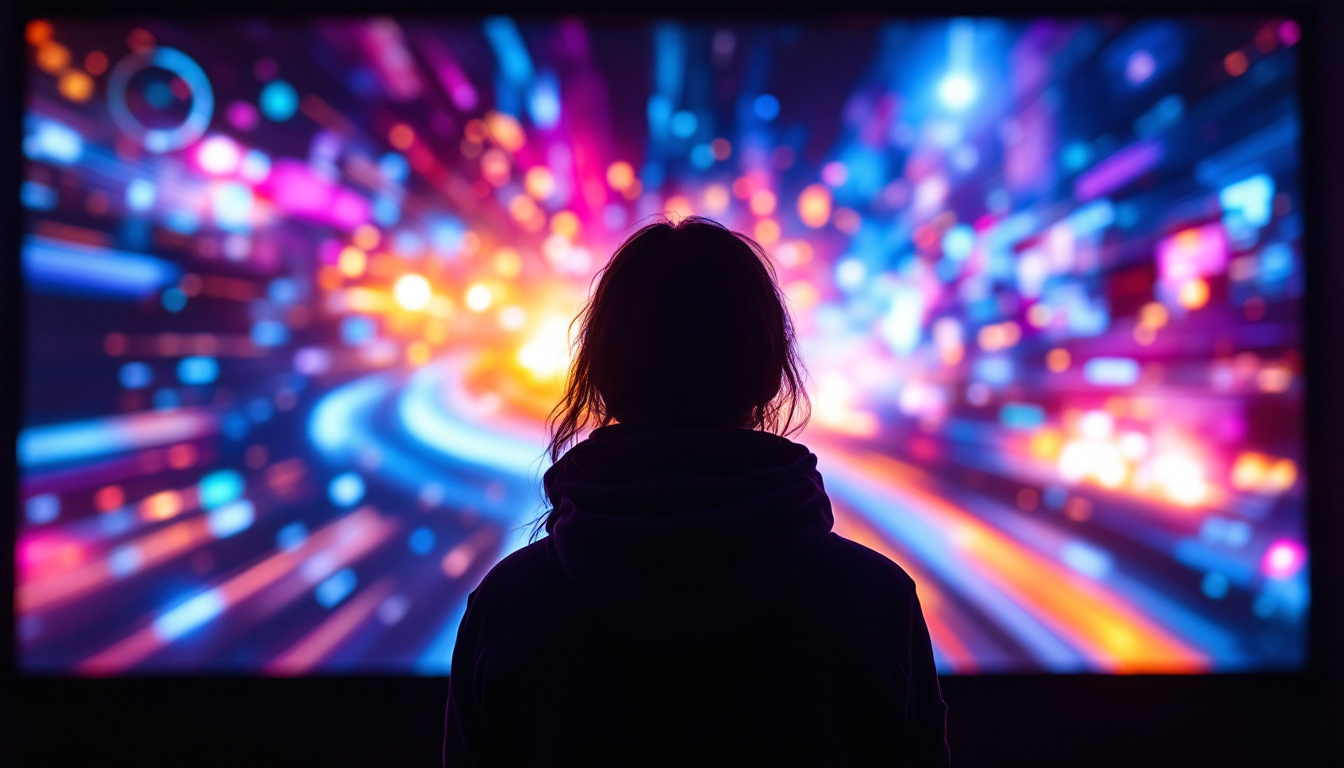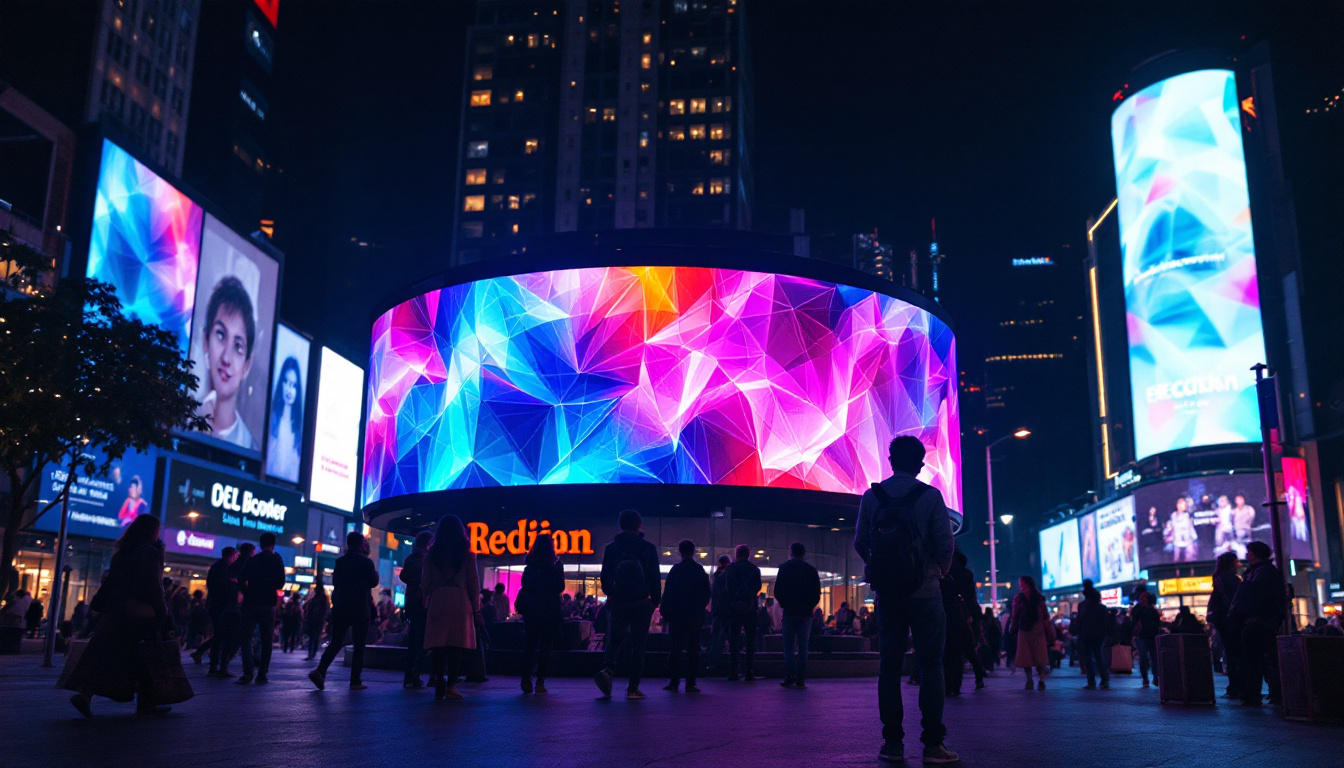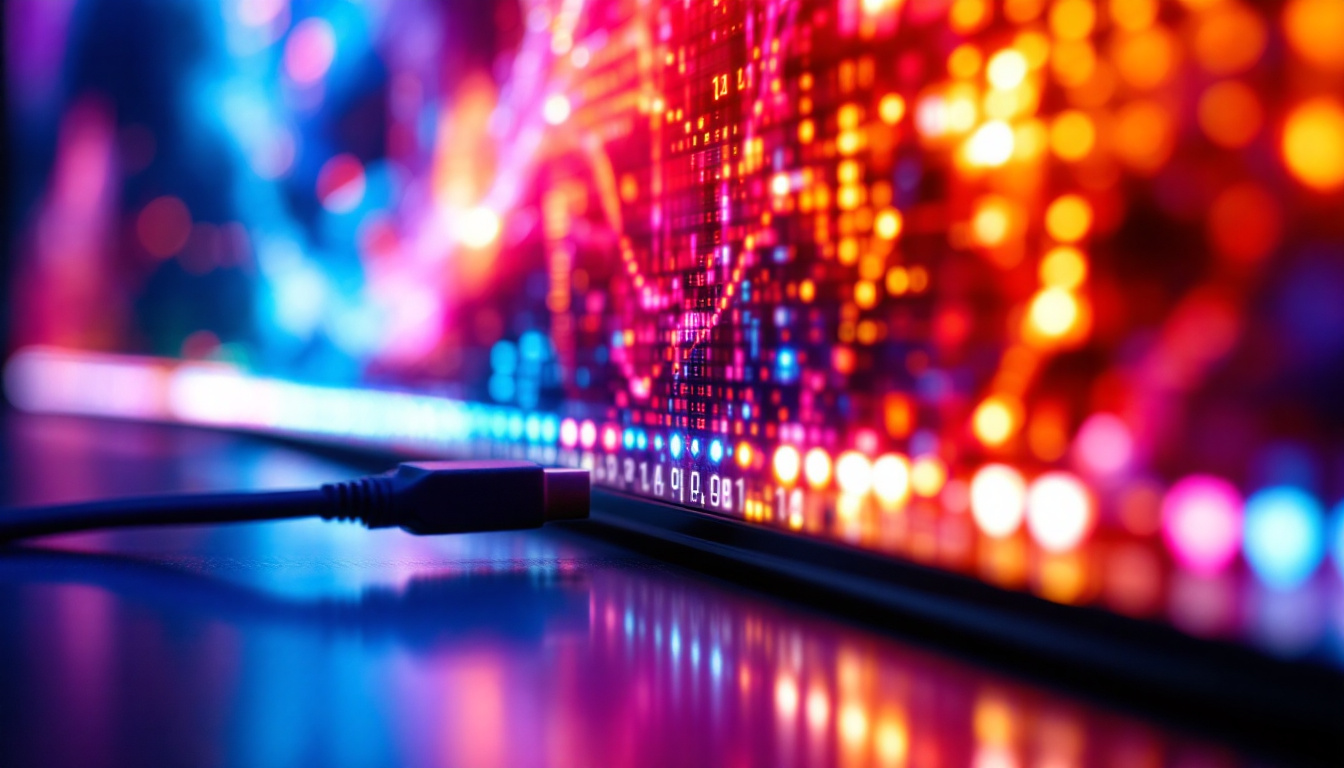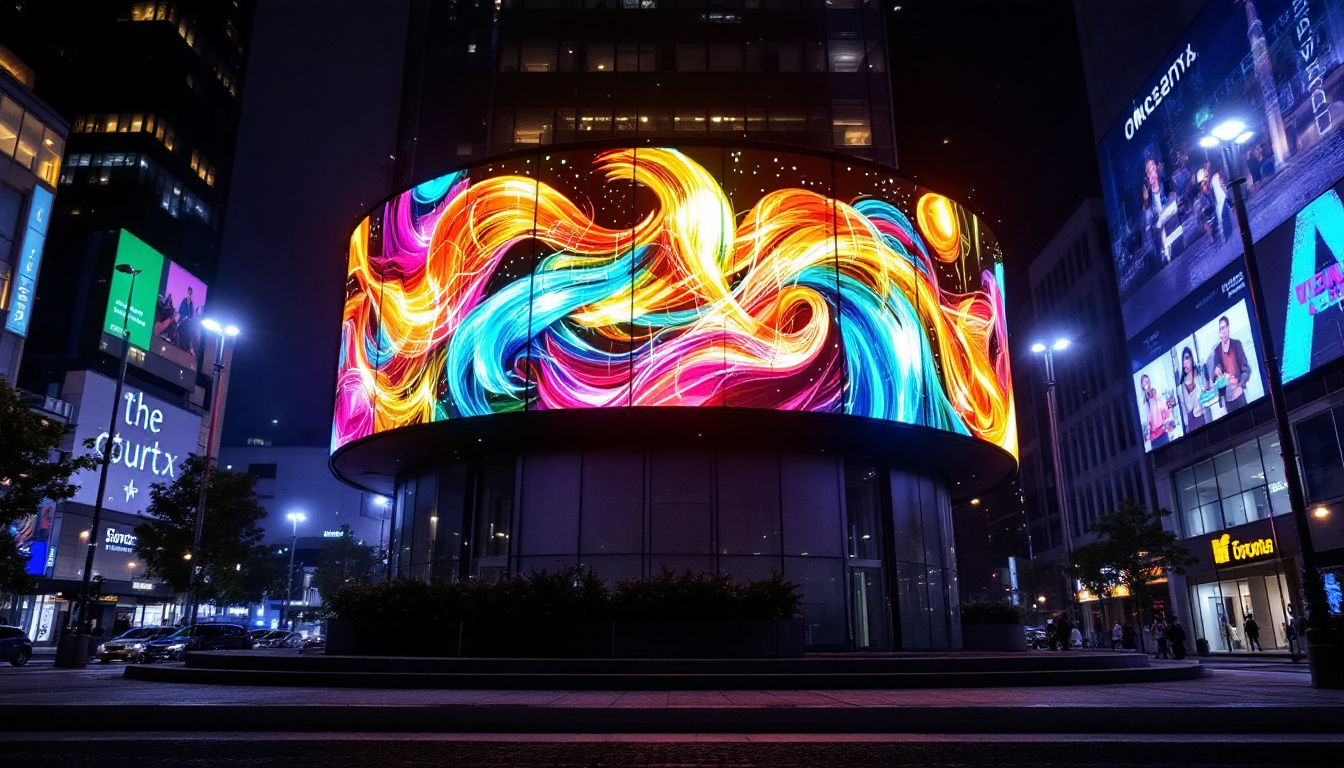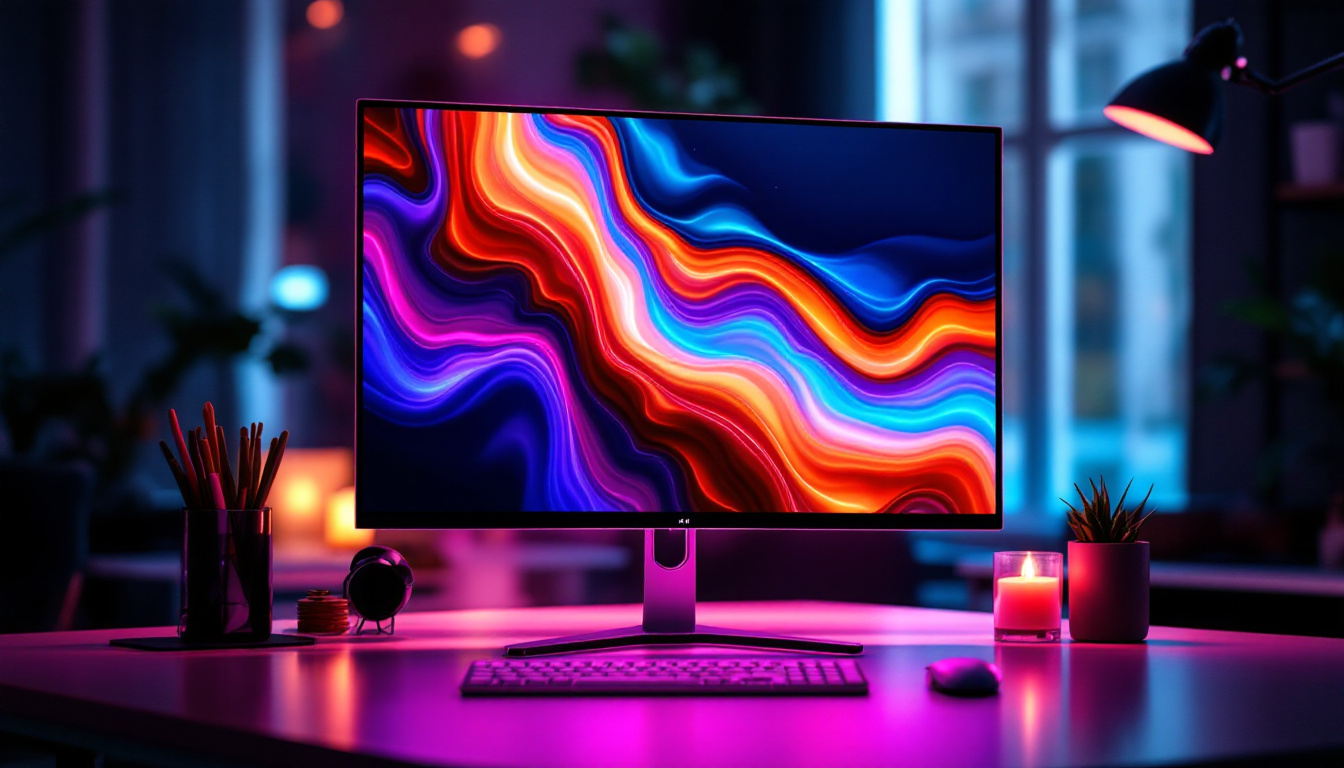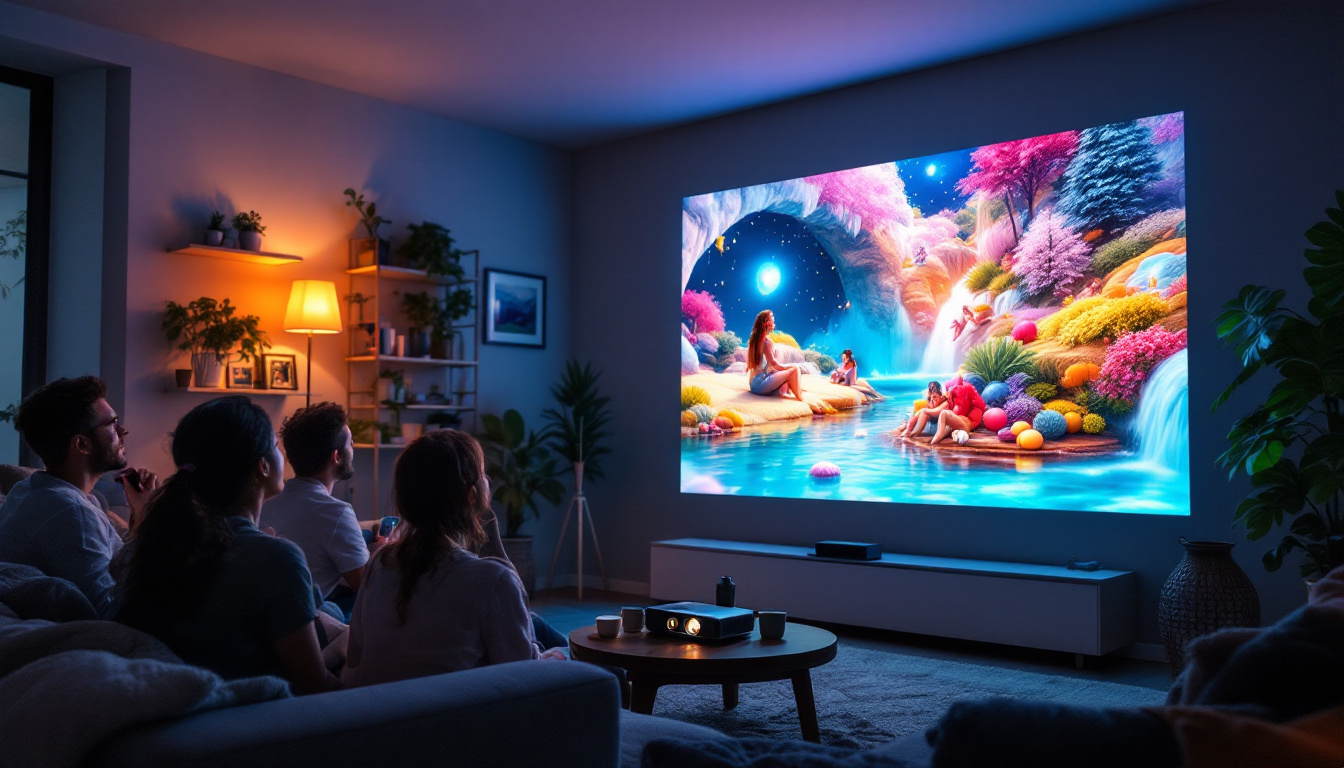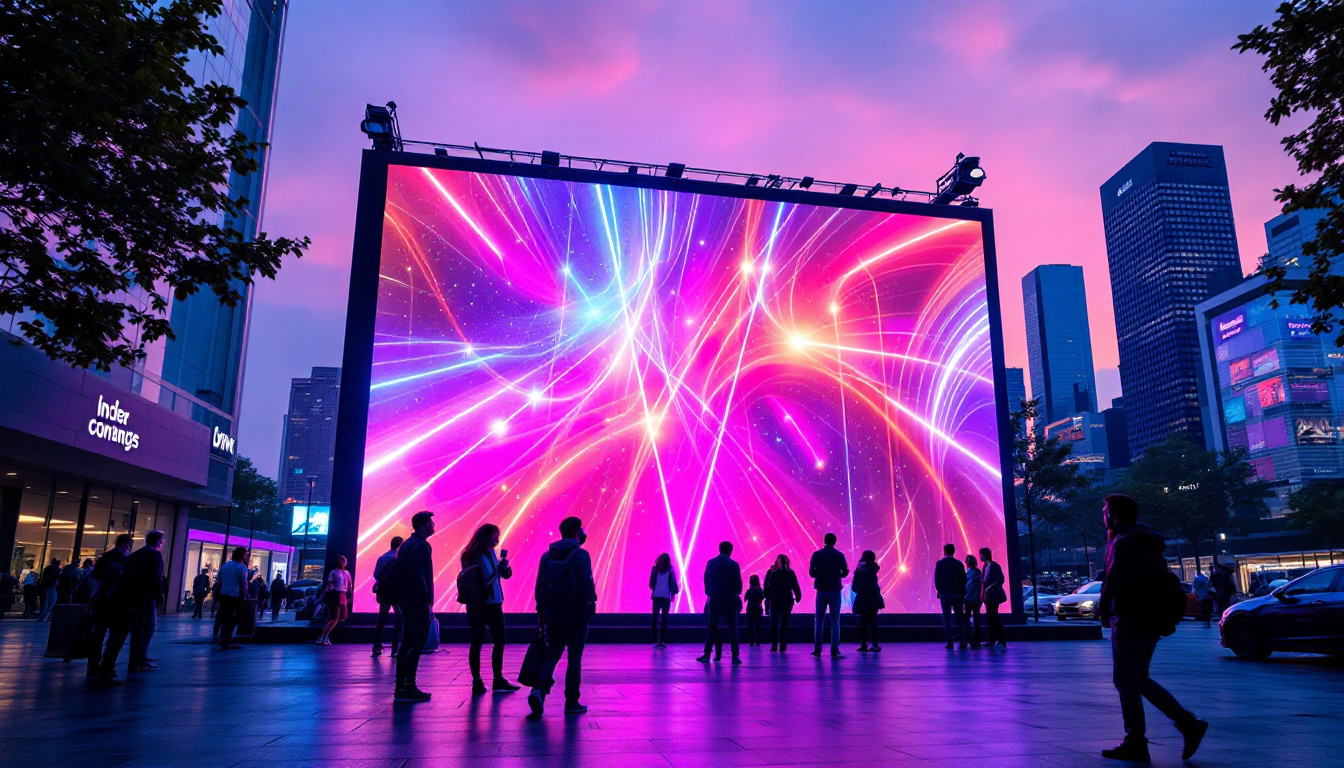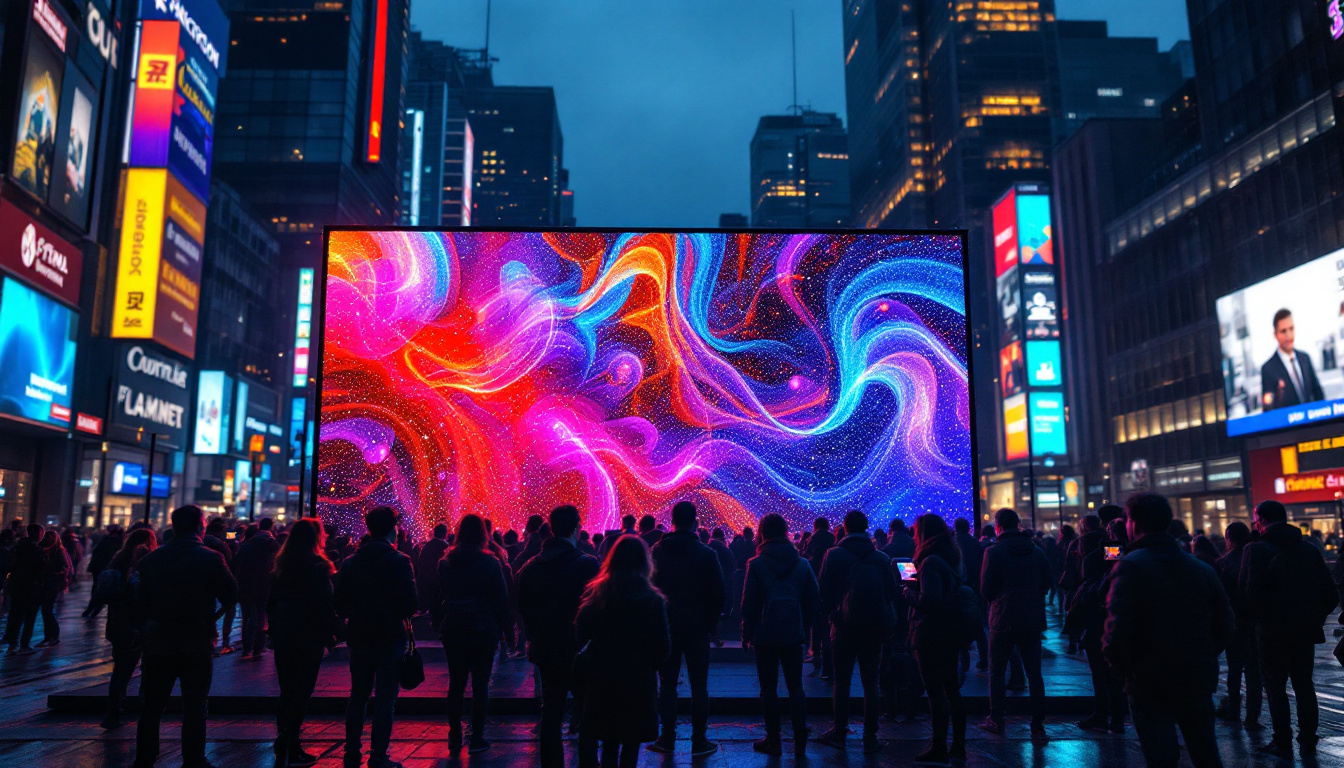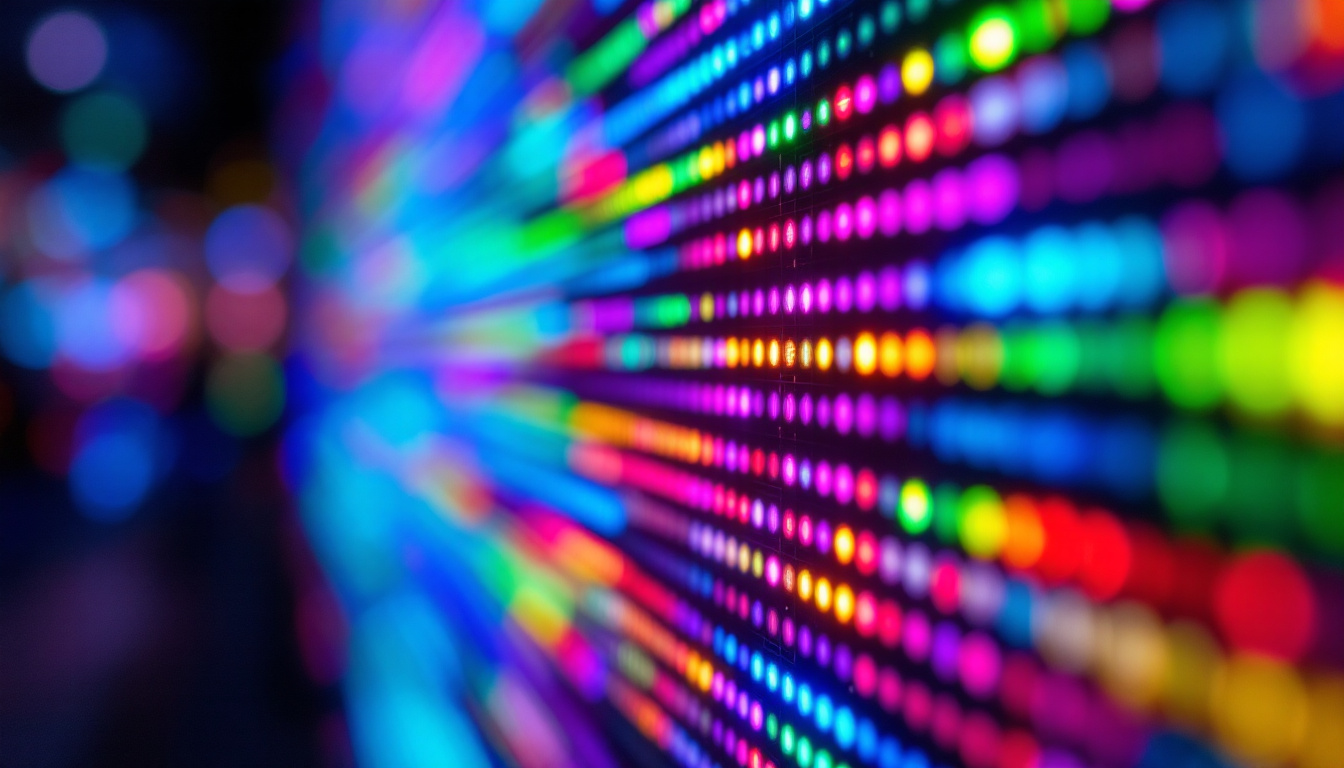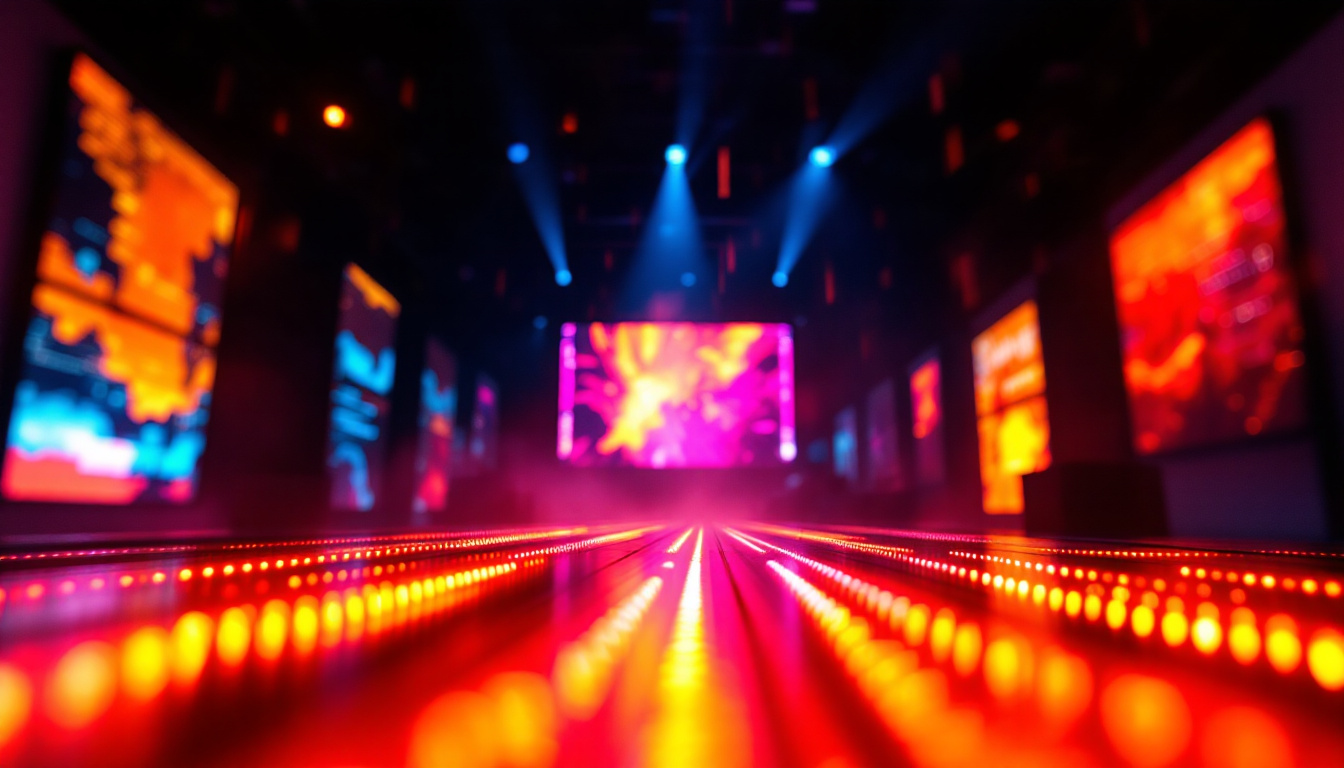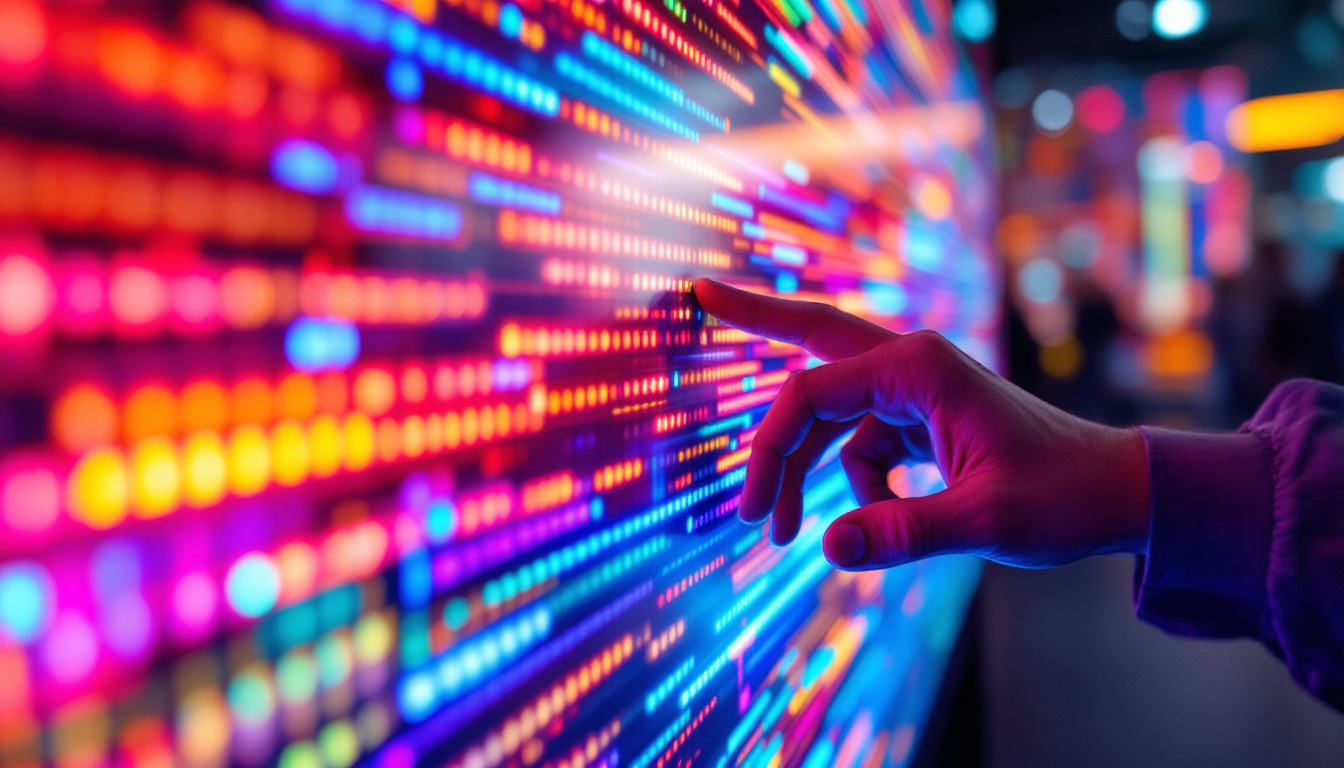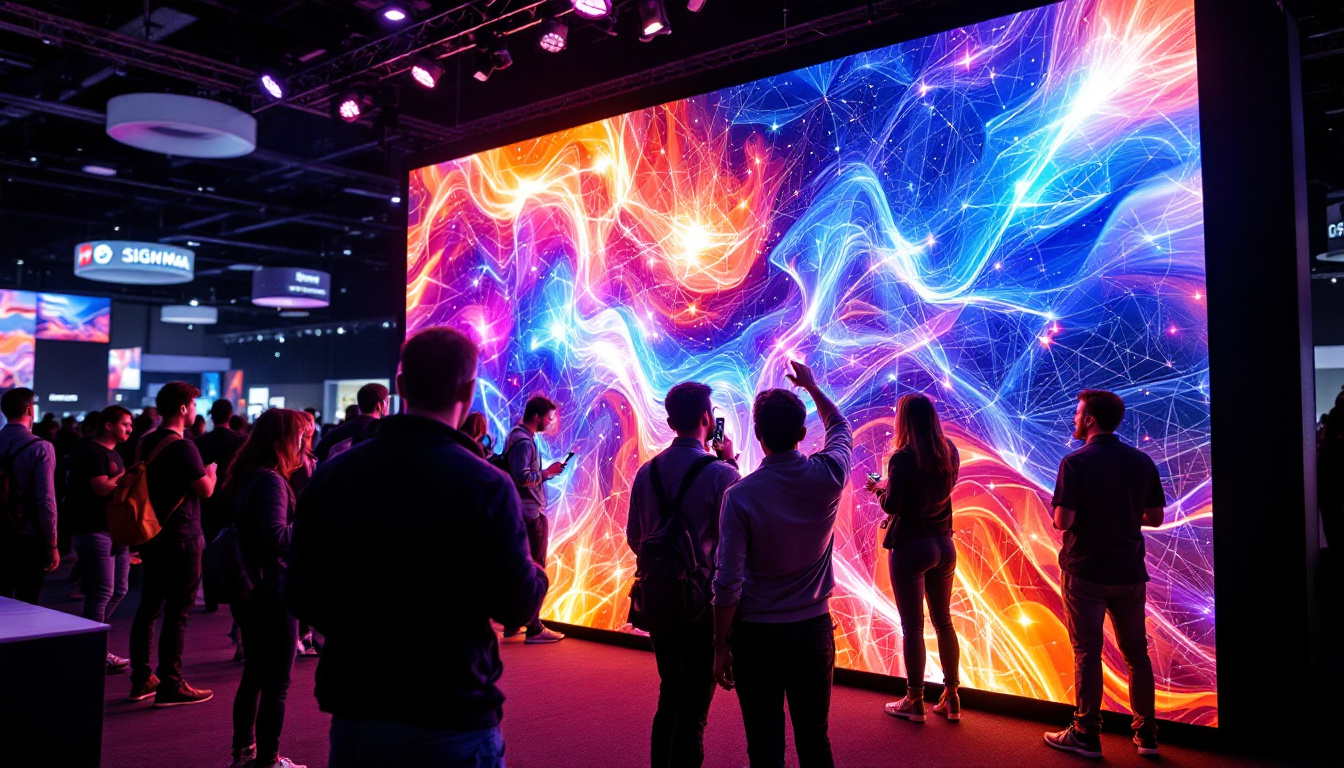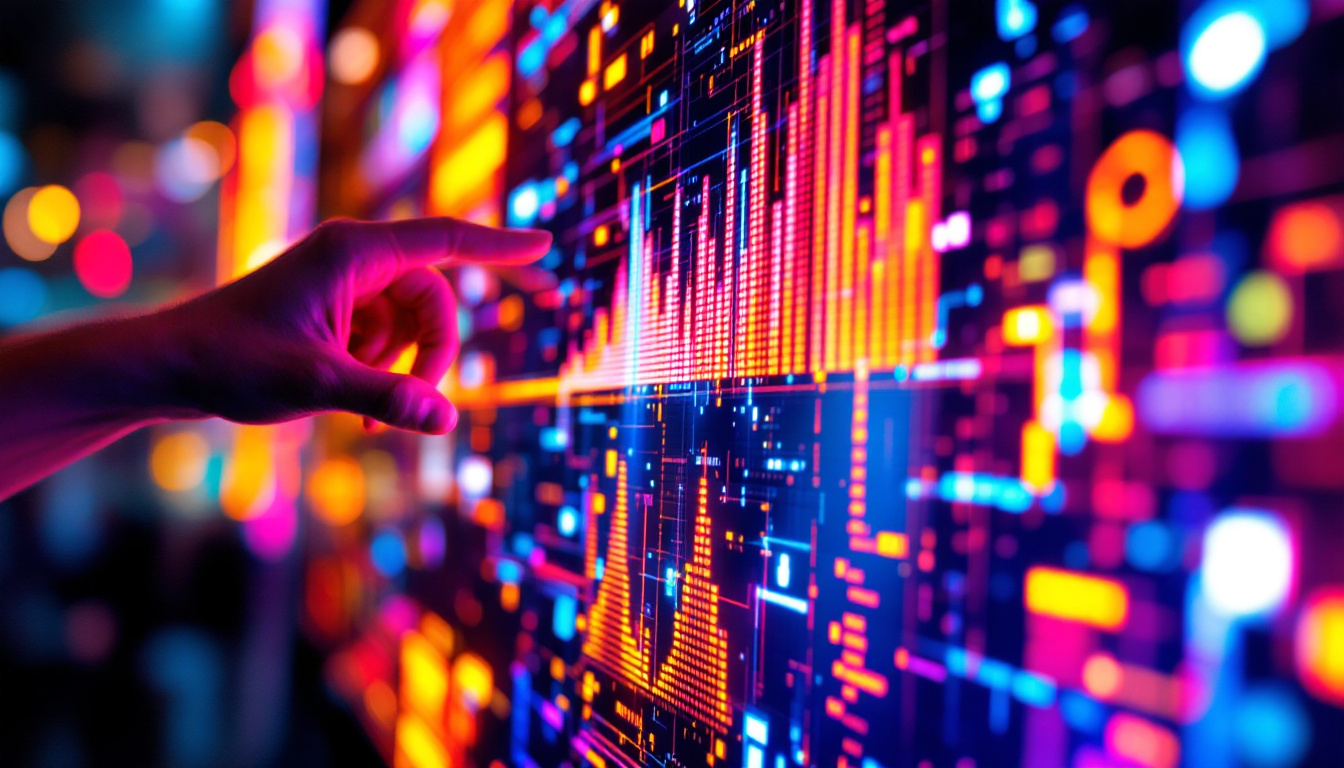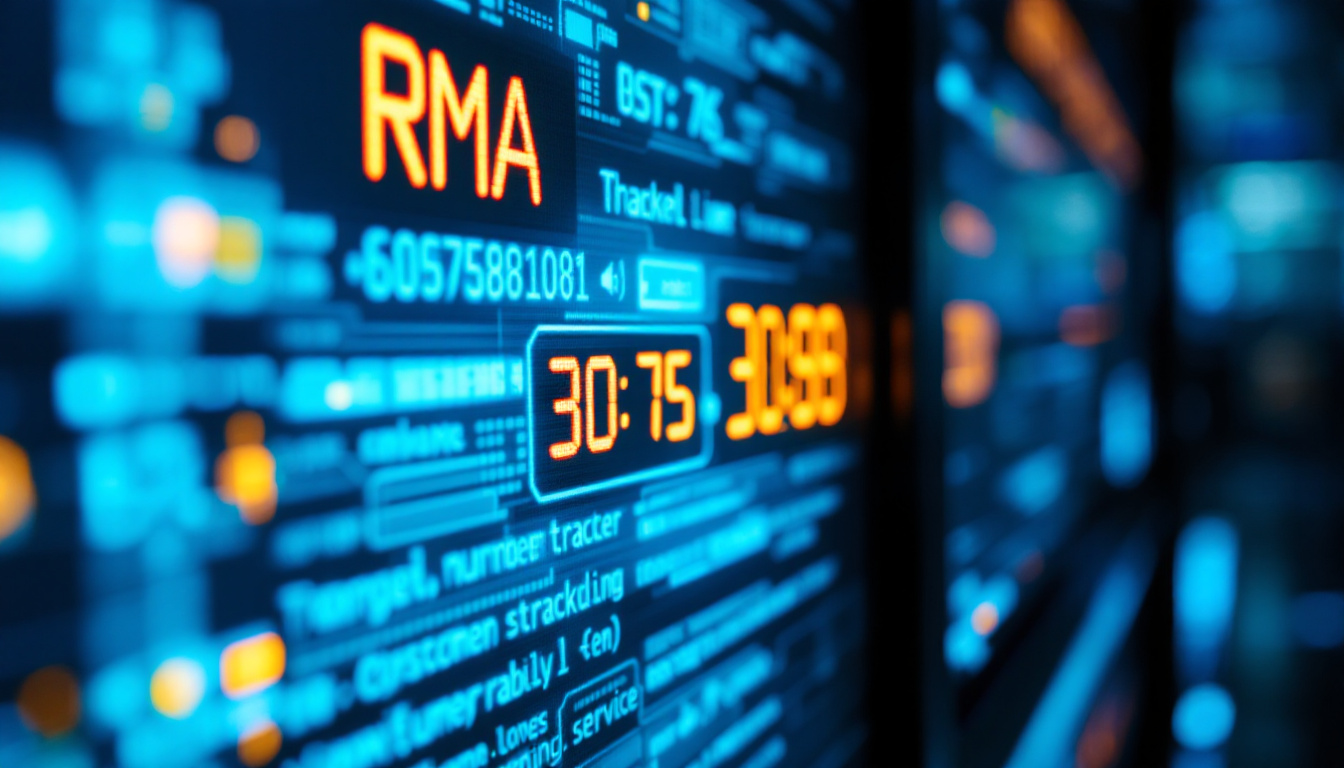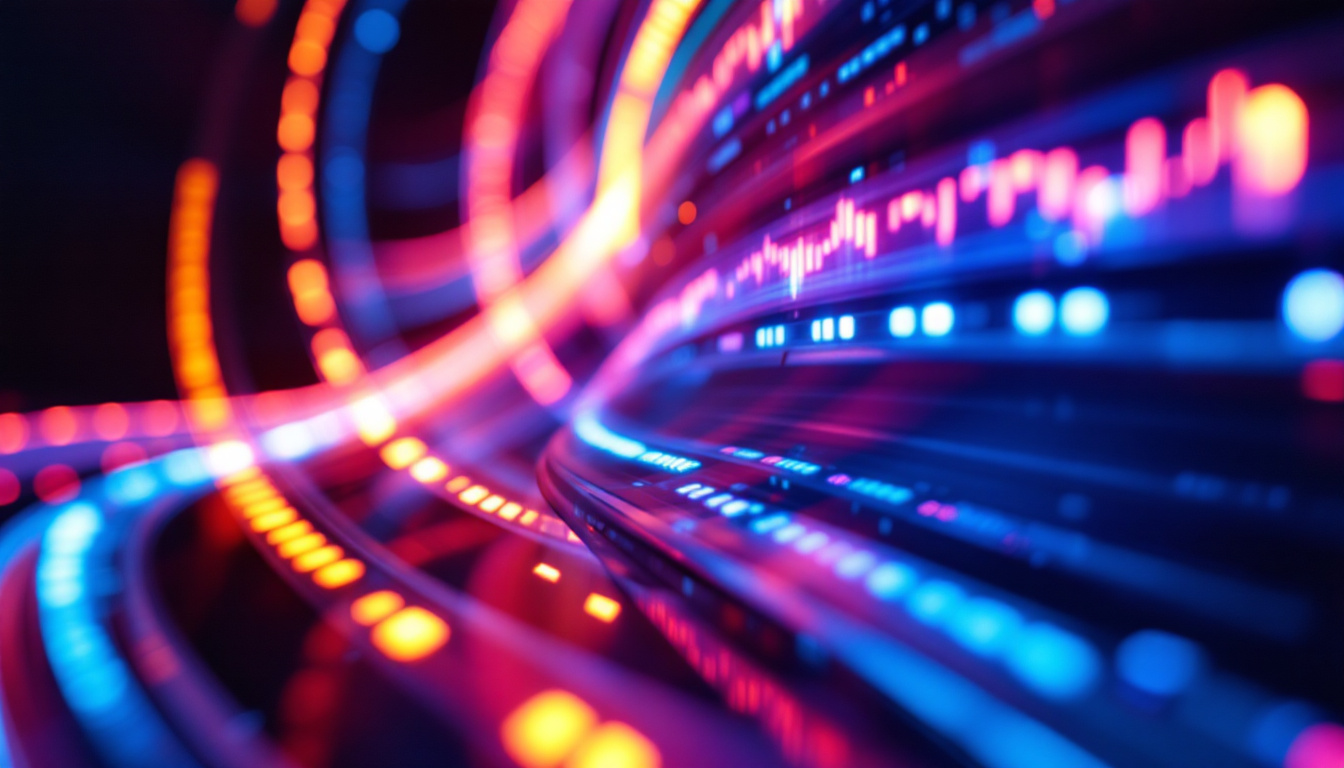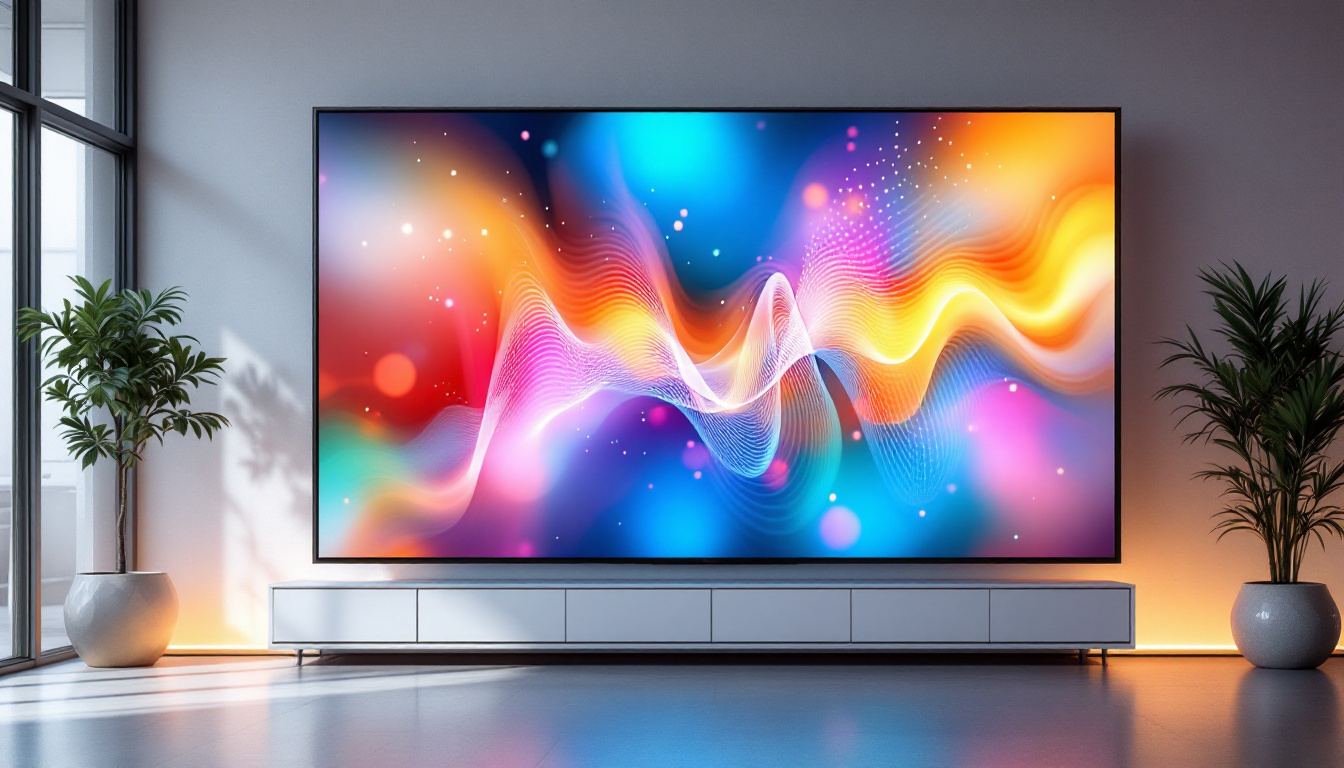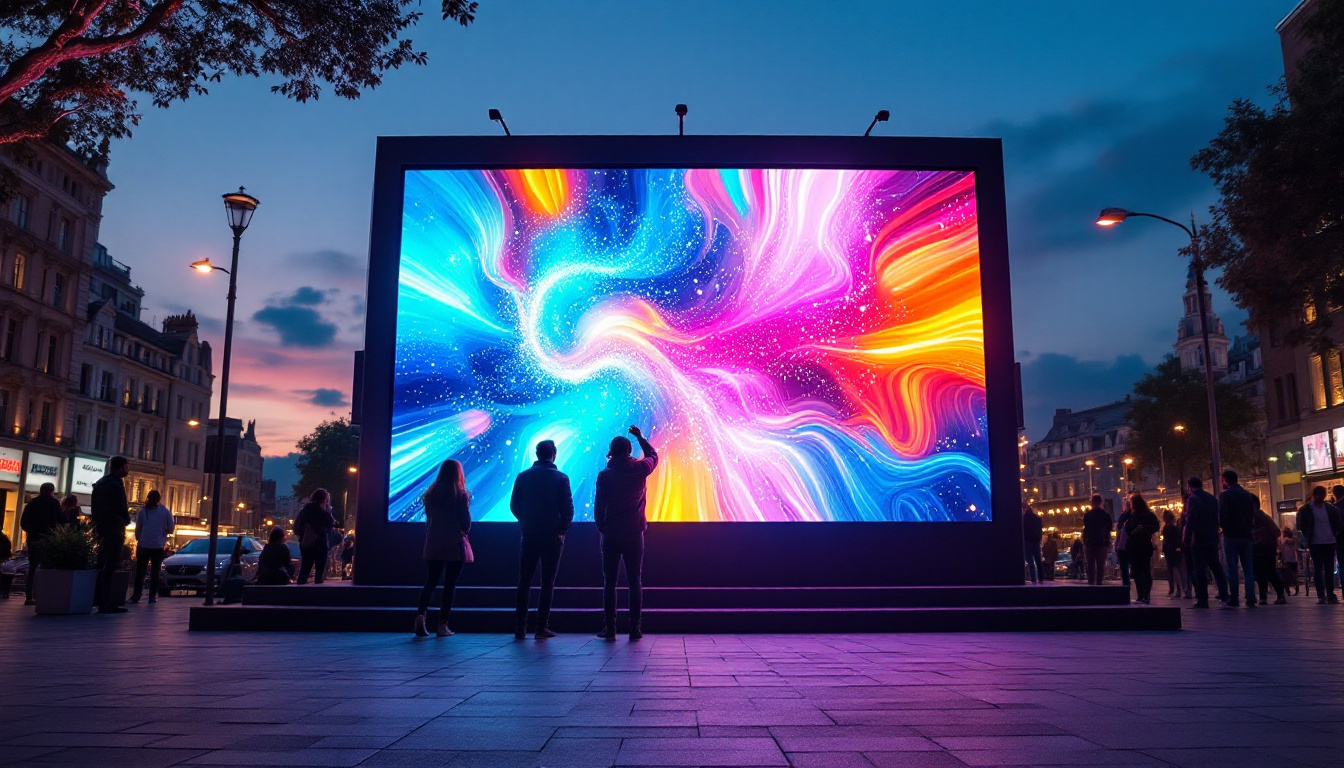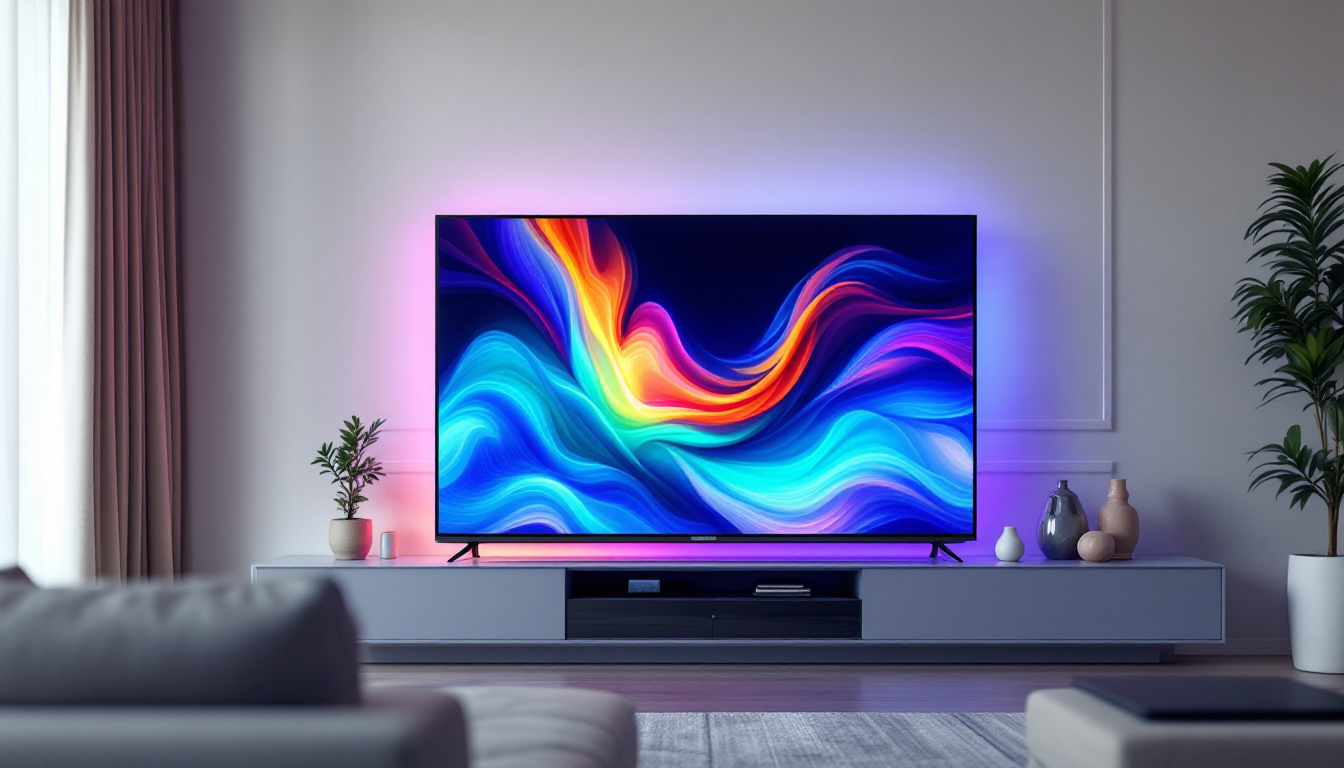In today’s digital age, the demand for high-quality visual displays has surged, leading to the widespread adoption of LED technology. The Tvf website serves as a comprehensive resource for understanding LED displays, their applications, and the technology behind them. This article delves into the intricacies of LED displays, exploring their functionality, advantages, and the various types available in the market.
Understanding LED Technology
Light Emitting Diodes (LEDs) are semiconductor devices that emit light when an electric current passes through them. This technology has revolutionized the way we perceive visual content, offering brighter, more vibrant displays compared to traditional lighting methods. The fundamental principle behind LEDs is electroluminescence, where electrons recombine with holes within the device, releasing energy in the form of photons. The efficiency of LEDs has made them a preferred choice for a variety of applications, from household lighting to large-scale outdoor displays, significantly reducing energy consumption and extending the lifespan of lighting solutions.
The Components of LED Displays
LED displays are composed of several key components that work in harmony to produce high-quality images. These include:
- LED Chips: The core of the display, these chips are responsible for emitting light in various colors.
- Driver Circuits: These circuits control the power supplied to the LEDs, ensuring consistent brightness and color accuracy.
- Control Systems: These systems manage the input signals and determine how the display responds to various content.
Each of these components plays a vital role in the overall performance of the LED display, contributing to its efficiency and visual appeal. Additionally, the arrangement of these components can vary significantly depending on the intended use of the display. For instance, outdoor LED displays often require robust weatherproofing and enhanced brightness to combat sunlight, while indoor displays may focus more on color fidelity and resolution to enhance viewer experience in controlled lighting environments.
The Working Principle of LED Displays
The operation of an LED display can be broken down into several steps. Initially, an image or video signal is received by the control system, which processes the information and sends it to the driver circuits. The driver circuits then activate the appropriate LED chips, adjusting their brightness and color to match the desired output. This rapid switching and modulation create the dynamic visuals that LED displays are known for. Furthermore, the ability to control each individual LED or group of LEDs allows for advanced techniques such as dimming, color mixing, and even animation, providing designers with a versatile tool for creative expression.
Moreover, the integration of smart technology into LED displays has opened up new avenues for interactivity and connectivity. Many modern LED displays can be linked to the internet, allowing for real-time updates and remote management. This capability is particularly beneficial for advertising, where content can be changed instantly to reflect current promotions or events. The use of sensors can also enhance user engagement by adjusting the display based on audience presence or environmental conditions, making LED technology not just a static visual medium but a dynamic platform for communication and interaction.
Types of LED Displays
LED displays come in various forms, each designed for specific applications and environments. Understanding these types can help businesses and consumers make informed decisions based on their needs.
Direct View LED Displays
Direct view LED displays consist of individual LED modules that are assembled to form a larger screen. These displays are commonly used for outdoor advertising, sports arenas, and large events. Their high brightness levels and wide viewing angles make them ideal for environments with significant ambient light. Additionally, the modular nature of direct view LED displays allows for easy customization in size and shape, enabling creative installations that can fit any venue. They are also known for their durability and weather resistance, making them suitable for prolonged outdoor use without significant degradation in quality.
LED Backlit Displays
LED backlit displays utilize LEDs to illuminate an LCD panel from behind. This technology enhances the brightness and contrast of the images displayed, providing a more vibrant viewing experience. These displays are prevalent in televisions, computer monitors, and mobile devices, offering a balance between performance and energy efficiency. Furthermore, advancements in LED backlighting techniques, such as local dimming, allow for deeper blacks and improved overall picture quality, making these displays increasingly popular among consumers who prioritize visual fidelity. The energy efficiency of LED backlit displays also contributes to lower electricity bills and a reduced carbon footprint, appealing to environmentally conscious users.
Organic LED (OLED) Displays
Organic LED displays represent a significant advancement in LED technology. Unlike traditional LEDs, OLEDs use organic compounds that emit light when an electric current is applied. This allows for thinner displays with better color accuracy and contrast ratios. OLED technology is increasingly popular in smartphones, televisions, and wearable devices, offering stunning visuals and flexibility in design. One of the standout features of OLED displays is their ability to achieve true black levels, as individual pixels can be turned off completely, resulting in an infinite contrast ratio. This capability not only enhances the viewing experience but also allows for innovative designs, such as curved or foldable screens, which have transformed the landscape of consumer electronics. Additionally, OLEDs are lighter and more energy-efficient than traditional display technologies, making them an attractive option for portable devices.
Advantages of LED Displays
The rise of LED technology can be attributed to its numerous advantages over traditional display methods. These benefits make LED displays a preferred choice for various applications.
Energy Efficiency
One of the most significant advantages of LED displays is their energy efficiency. LEDs consume considerably less power than incandescent or fluorescent lights, resulting in lower electricity bills and a reduced carbon footprint. This efficiency is particularly beneficial for businesses that operate large displays or signage, as it translates to substantial cost savings over time.
Longevity and Durability
LED displays are known for their impressive lifespan, often exceeding 50,000 hours of operation. This longevity reduces the need for frequent replacements, making LED technology a cost-effective solution in the long run. Additionally, LEDs are more durable than traditional bulbs, as they are less susceptible to breakage and can withstand harsh environmental conditions.
High-Quality Visuals
LED displays offer superior image quality, characterized by vibrant colors, high contrast ratios, and excellent brightness levels. This capability allows for clear visibility in various lighting conditions, making LED displays suitable for both indoor and outdoor applications. The ability to produce dynamic visuals enhances the overall viewer experience, whether in advertising, entertainment, or information dissemination.
Applications of LED Displays
LED displays have found applications across a wide range of industries, each leveraging the technology’s unique advantages to enhance communication and engagement.
Advertising and Marketing
In the advertising sector, LED displays have become a staple for digital signage. Their ability to capture attention with bright, dynamic content makes them ideal for billboards, storefronts, and event promotions. Businesses can easily update their messaging, ensuring that their advertisements remain relevant and engaging.
Entertainment and Events
From concerts to sporting events, LED displays play a crucial role in the entertainment industry. Large screens provide audiences with immersive experiences, displaying live feeds, scores, and promotional content. The flexibility of LED technology allows for creative designs, enhancing the overall atmosphere of events.
Transportation and Public Information
LED displays are widely used in transportation systems to provide real-time information to passengers. Bus and train stations utilize LED screens to display arrival and departure times, helping to improve the efficiency of public transport. Additionally, LED displays are employed in airports for flight information and wayfinding, ensuring travelers have access to crucial updates.
Future Trends in LED Technology
The LED display industry is continuously evolving, driven by advancements in technology and changing consumer preferences. Several trends are shaping the future of LED displays, promising exciting developments in the coming years.
Mini and Micro LED Technology
Mini and micro LED technologies are gaining traction, offering even smaller LED chips that can create higher pixel densities. This advancement allows for ultra-high-definition displays with enhanced color accuracy and contrast. As manufacturers adopt these technologies, consumers can expect more compact and visually stunning screens in various applications.
Integration with Smart Technology
As smart technology becomes more prevalent, LED displays are increasingly being integrated with IoT (Internet of Things) devices. This integration enables features such as remote monitoring and control, allowing users to manage their displays more efficiently. Smart LED displays can also adapt content based on environmental factors, enhancing user engagement and experience.
Sustainable Practices
With growing awareness of environmental issues, the LED industry is focusing on sustainability. Manufacturers are exploring eco-friendly materials and production processes, aiming to reduce waste and energy consumption. This shift towards sustainability not only benefits the environment but also aligns with consumer preferences for greener products.
Conclusion
LED displays have transformed the landscape of visual communication, offering unparalleled advantages in energy efficiency, durability, and image quality. As technology continues to advance, the applications and capabilities of LED displays will only expand, making them an integral part of various industries. The Tvf website serves as a valuable resource for anyone looking to understand the complexities of LED displays, providing insights into their functionality, advantages, and future trends. Embracing LED technology is not just a trend; it is a step towards a more vibrant and efficient future.
Explore Cutting-Edge LED Solutions with LumenMatrix
As you embrace the future of vibrant and efficient visual communication with LED technology, LumenMatrix stands at the forefront of innovation. Our extensive range of LED display modules, from Indoor and Outdoor LED Wall Displays to specialized solutions like Vehicle LED Displays and LED Sports Displays, is designed to captivate your audience and amplify your brand’s message. Discover how our mission to revolutionize visual communication aligns with your goals. Check out LumenMatrix LED Display Solutions today and experience the power of advanced digital signage.

